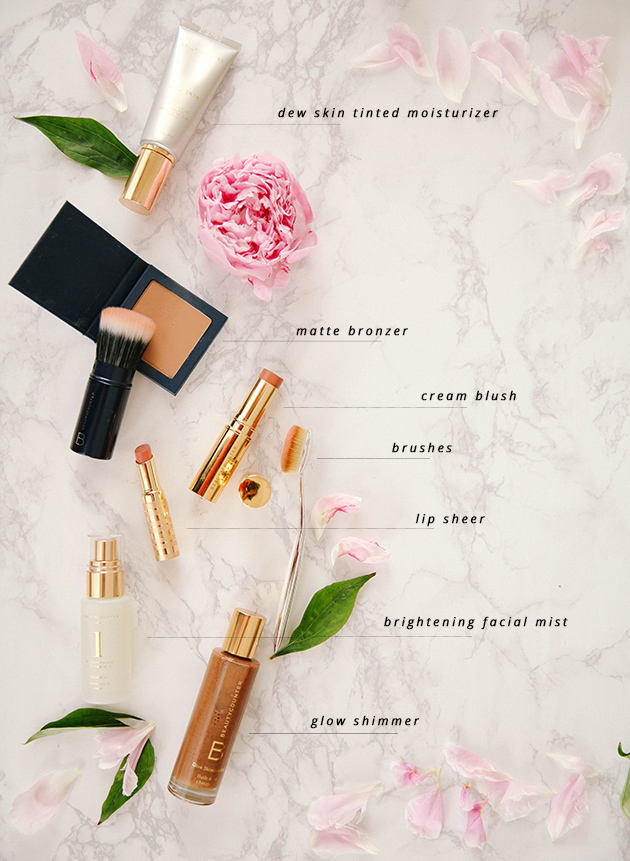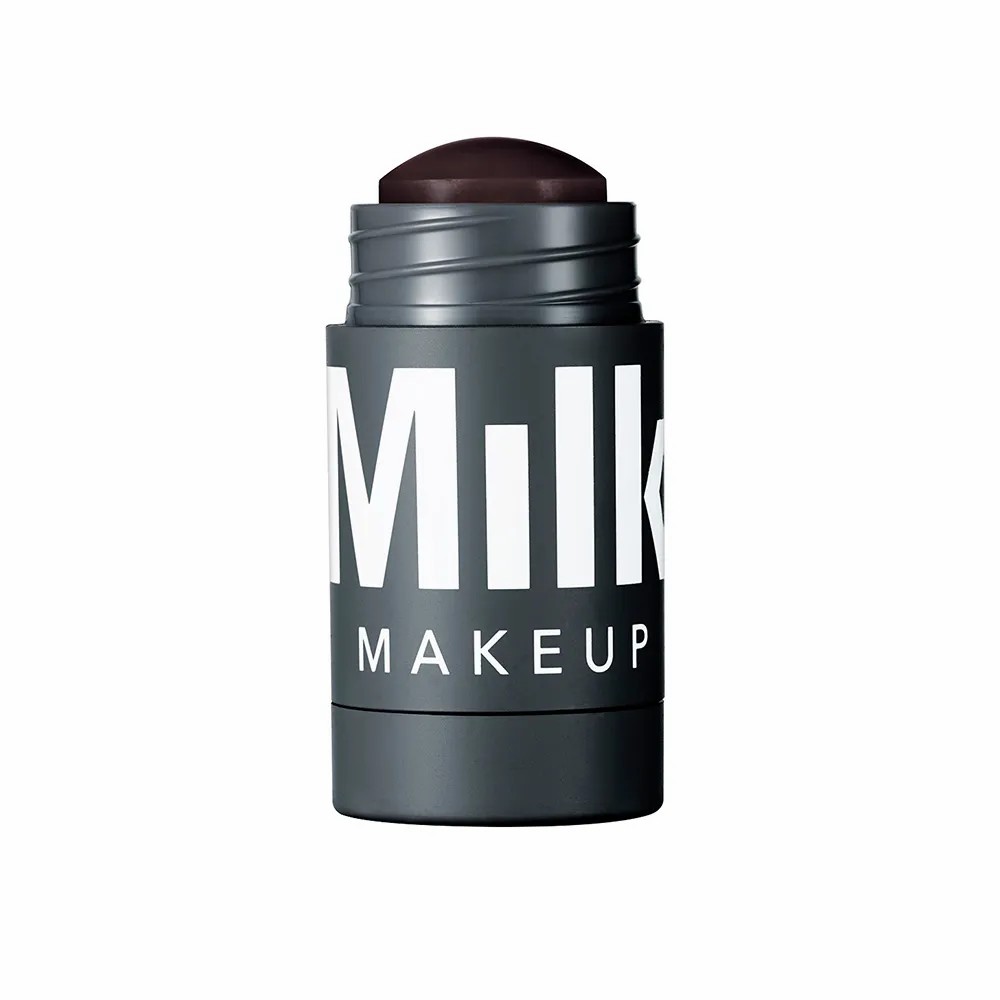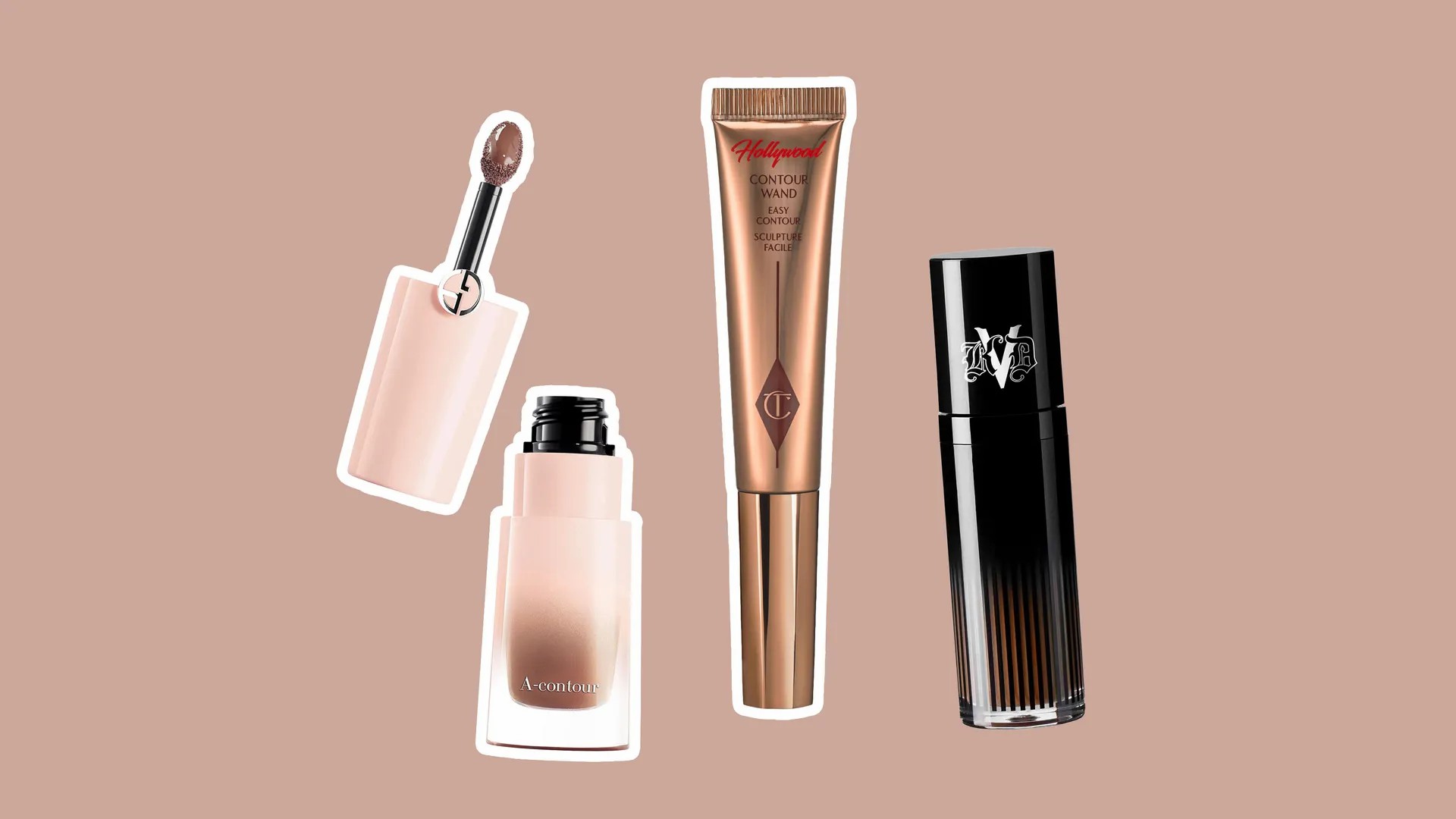Greasy hair can be a constant source of anxiety and low self-esteem. Whether your hair type is oily or occasionally greasy, it’s important to investigate …
How to Get Less Greasy Hair
Have you been struggling with oily hair, tirelessly searching for solutions on how to make your hair less greasy and more manageable? The struggle with …
How to Apply Concealer in 5 Easy Steps for Beginners
Whether you’re new to makeup or just want to improve your concealer skills, you’ve come to the right place. By learning how to apply concealer …

Bronzing Powder Cream vs. Bronzing Powder: Which is Best for You
It’s that time of year again, when the sun shines, the days get longer, and your skin takes on a sun-kissed look. Summer is the …


